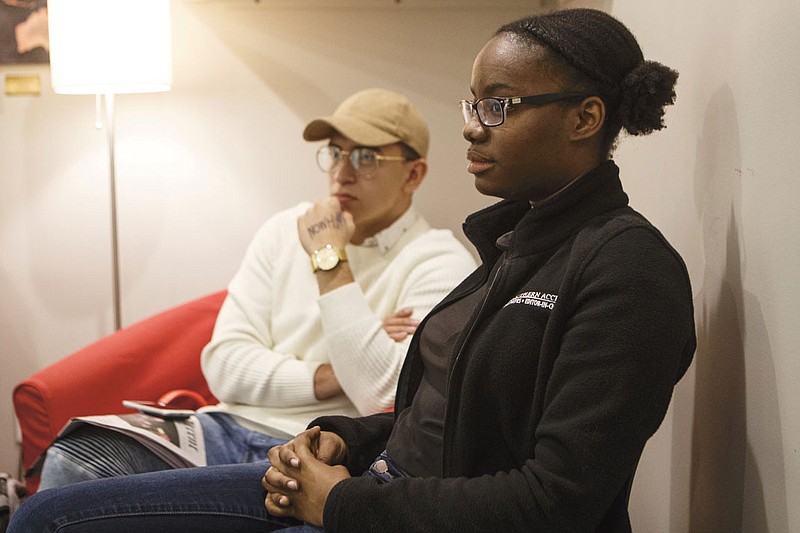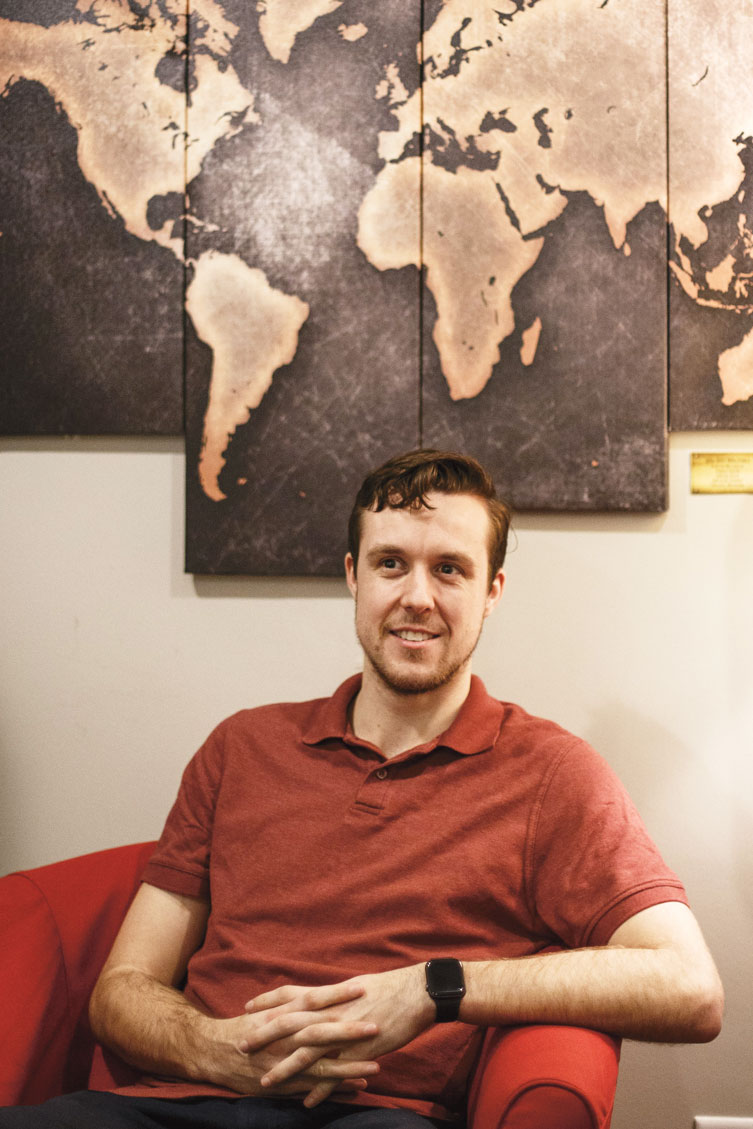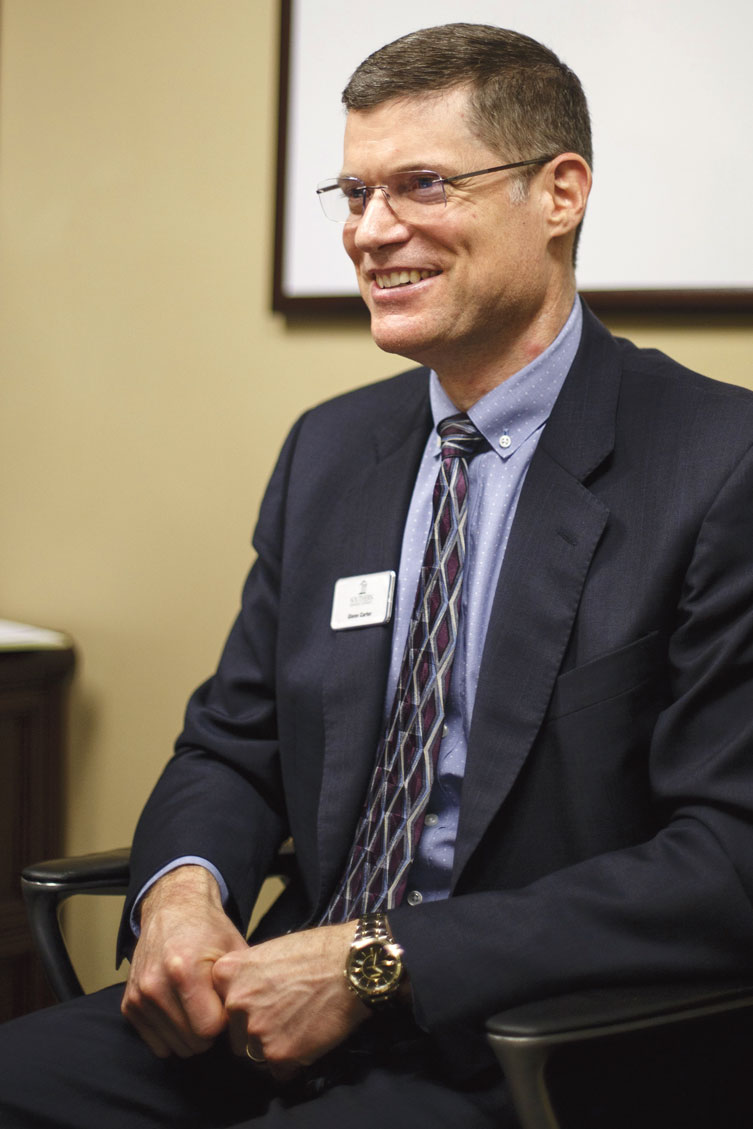The changes in the Ooltewah-Collegedale corridor in eastern Hamilton County since the arrival of Volkswagen in 2008 involve more than new housing developments, businesses, apartments and population density.
Sitting at the foot of White Oak Mountain in Collegedale, Southern Adventist University is shielded from the commercial development that comes with population growth. Significant growth in its enrollment and campus have not occurred. The same, low-key pace on campus that has existed for decades remains even as development occurs just over White Oak Mountain. Southern has a total student enrollment of 2,942, up only 210 from the fall of 2010.
Southern diversity grows
Southern Adventist University in Collegedale, which began in 1892, has grown into the most racially diverse college in the Chattanooga region, primarily from the growth in recent years of Hispanic and Asian students.Student Ethnicity 201061 percent White (non-Hispanic)18 percent Hispanic7 percent Asian13 percent Black or African American (non-Hispanic)1 percent Two or more races/otherStudent Ethnicity 201846 percent White (non-Hispanic)24 percent Hispanic12 percent Asian11 percent Black or African American (non-Hispanic)7 percent Two or more races/otherSource: Southern Adventist University
But the racial mix of those students is changing, making Southern Adventist University one of the most racially diverse colleges in the country.
In 2010, 61 percent of students at the faith-based university were white. Today, only 46 percent of the student population is white. Over the span of eight years, Southern has seen the share of Hispanic students grow from 18 percent to 24 percent, and the share of Asian students grown from 7 percent to 12 percent. Meanwhile, the African-American student population has declined slightly from 13 percent in 2010 to 11 percent today.
About 74 percent of the students at Southern are from outside of Tennessee.
As a result, Southern tied for second in the 2018 U.S. News & World Report rankings of diversity in southern colleges. Recently, Niche.com, Inc., a national ranking service, listed Southern as one of the three most diverse colleges or universities in Tennessee, behind only Vanderbilt University in Nashville and Christian Brothers University in Memphis.
"Our values here permeate everything we do from academics and events on campus to our mission statement and strategic plan," says Glenn Carter, vice president of enrollment at Southern. "What we have seen is that families, Adventist or non-Adventist, are looking for a place where teachers and students live out their faith and where teachers inspire students both spiritually and professionally."
In 2017, Southern became a university without an ethnic majority for the first time. Vanderbilt University, listed as the most diverse college in Tennessee in the Niche.com rankings, also does not have an ethnic group representing more than 50 percent of its student population.
By contrast, data from the University of Tennessee at Chattanooga website shows its student population was 76 percent white during the 2017-18 school year. Chattanooga State Community College was 75 percent white in its fall 2018 enrollment, according to its website. Other school websites show that Covenant College is 85 percent white, Bryan College in Dayton, Tennessee, is more than 90 percent white and Lee College in Cleveland, Tennessee, is 84 percent white.
Jared Powrie is a senior at Southern Adventist Univeristy from Australia majoring in computer science. He has completed a liberal arts degree in missions that included spending the last two years in Indonesia. Even having watched the diversity of Australia changed by a strong migration of Asians, Powrie was not prepared for what he found at Southern.
"When I came here, it was the first time I had actually seen some different races," says Powrie. "I had never interacted with Hispanics before and not as many blacks. I grew up with the Asian influence but going from that environment of Asian and white to this, I was certainly aware of the difference in my first year."
Carter says the university, where 90 percent of students are Adventists, did nothing intentional to account for the change. Instead, he points to the emphasis on "love and respect" for all students, cultural education through 40 different ethnically based clubs and word of mouth through the 13-college Adventist network. Data supports Carter's view of the power of word-of-mouth referrals for Southern.
A 2015 Pew Research report said the largest concentrations of the Adventist populations are the South (40 percent) and West (31 percent), is consistent with Southern data that shows nearly two-thirds of its students come from four southern states (Tennessee, Georgia, Florida, North Carolina) and California. The same study found that Adventists are among the most ethnically diverse denominations in the country. Across the country, 37 percent of Adventists are white, 32 percent African-American, 15 percent Hispanic and 8 percent Asian.
"People are looking for a faith-based community," Carter says. "Muslim, Catholic and Jewish students come to us and say, 'you know who you are, you have something you believe in and I respect that, and you respect who I am and what I believe.' They tell us they want some place where they can be comfortable with who they are and their beliefs. Those students thrive on our campus."
Tierra Hayes is the editor of the Student Accent, the school's weekly newspaper. She grew up in Georgia and attended a majority black high school, and she embraces the ethnic diversity of Southern.
"You will be amazed how easy it is to connect with someone when you experience their culture," Hayes says. "When you take the time to learn from someone else's life, you're investing in who they are. When you do that, you can go places with people you could never go by just staying on the surface, and culture is the best way to do that."
During only its second year as a college without a majority ethnic group, the quiet Southern campus was rocked in February 20118 when the annual celebration of Black History Month was marred when a racially charged video by a non-Southern student showed black students carrying flags of other nations at the February event of the Black Christian Union. The person who posted the video was a "known troll around campus" and had been previously expelled, according to statements by the school at the time.
"It was a shock," says Mark Galvez, the past president of the Latin America Club, "but people knew it wasn't true. Everyone knew it was not who we are."
Carter, who was educated in the Adventist school system, worked previously at two Adventist universities and believes faith-based colleges attract ethnic diversity. That experience, he says, should yield future leaders with a better understanding how to manage an increasing diverse population in America.
"I believe that the students on our campus see the world through a different lens than our lawmakers and many of people in generations before them," Carter says. "I think students of this generation would thrive in places with diversity numbers like ours."


